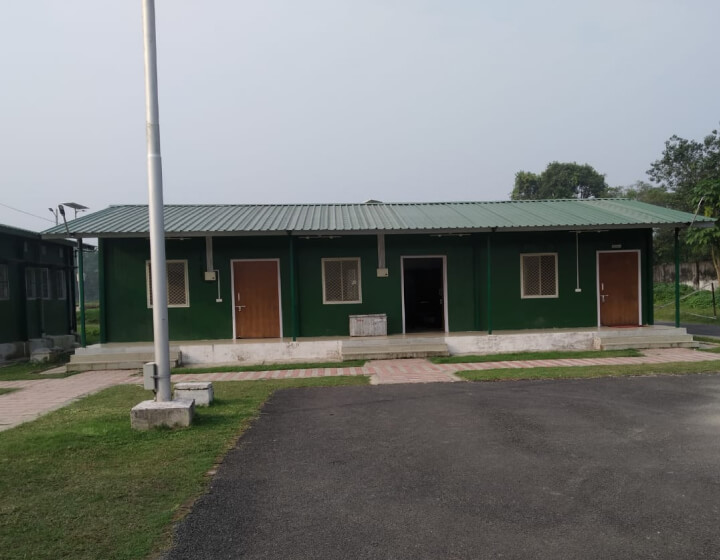
Prefabricated Buildings - The Future is Here
Between 2022 and 2032, the global prefabricated building system market is expected to grow at a Cumulative Annual Growth Rate of 6.1% to US$ 18.5 billion. This growth is due to the rapid expansion of global building and construction industry.
What is prefabricated building system?
A prefabricated building system is a modular structure, or modular parts and components that can be assembled to be used in building and construction. They are manufactured in factories and delivered to building sites for installation. These are used for construction of everything from homes and commercial buildings. Metal, glass, concrete, timber and plastics or some of the materials that are used for manufacture of these prefabricated units.
Why are they increasing in popularity?
As they are quite inexpensive in comparison to traditional construction, and also take lesser time than the traditional process, they are becoming very popular. Their installation is not complicated and the units can be altered to match the needs of the building being constructed. In big towns and narrow streets especially, there is lesser space for dumping and storage of construction material.
To keep up with growing demand for public infrastructure created by robust industrialisation and urbanisation, the speed and ease of prefabricated building systems is unmatched.
Sustainability and green environment norms are important factors that guide the choice of people. This system wastes less construction material and has lesser emissions, making it more suitable for green construction.
Also the fact that they are low volume and weight, while being very strong and durable, makes them an easy choice.
What areas are seeing the most growth?
Both the residential and non-residential industry are driving sales. SEZs are seeing exponential growth and require speedy construction to match, which in turn can most quickly and efficiently be fulfilled by pre-fabricating building systems. The Asia Pacific region, including India, is seeing substantial rise in demand for modular houses.
What does the future hold?
It is anticipated that the current growth will continue to rise exponentially. The next step is believed to be the prefabrication of interior decoration that is integrated into the building. In contrast with the current practice of the structure and frame of the building being a separate entity from its interior decoration, interiors are expected to be prefabricated. This will be done keeping in mind flexibility and convenience for renovation so that the interiors can be refreshed while the structure stays strong. If current trends are to be kept in mind, migrant labour may not be able to sustain infrastructural growth and development. A lot of the work in the coming years could be automated and lesser number of more highly skilled workers would be required.
